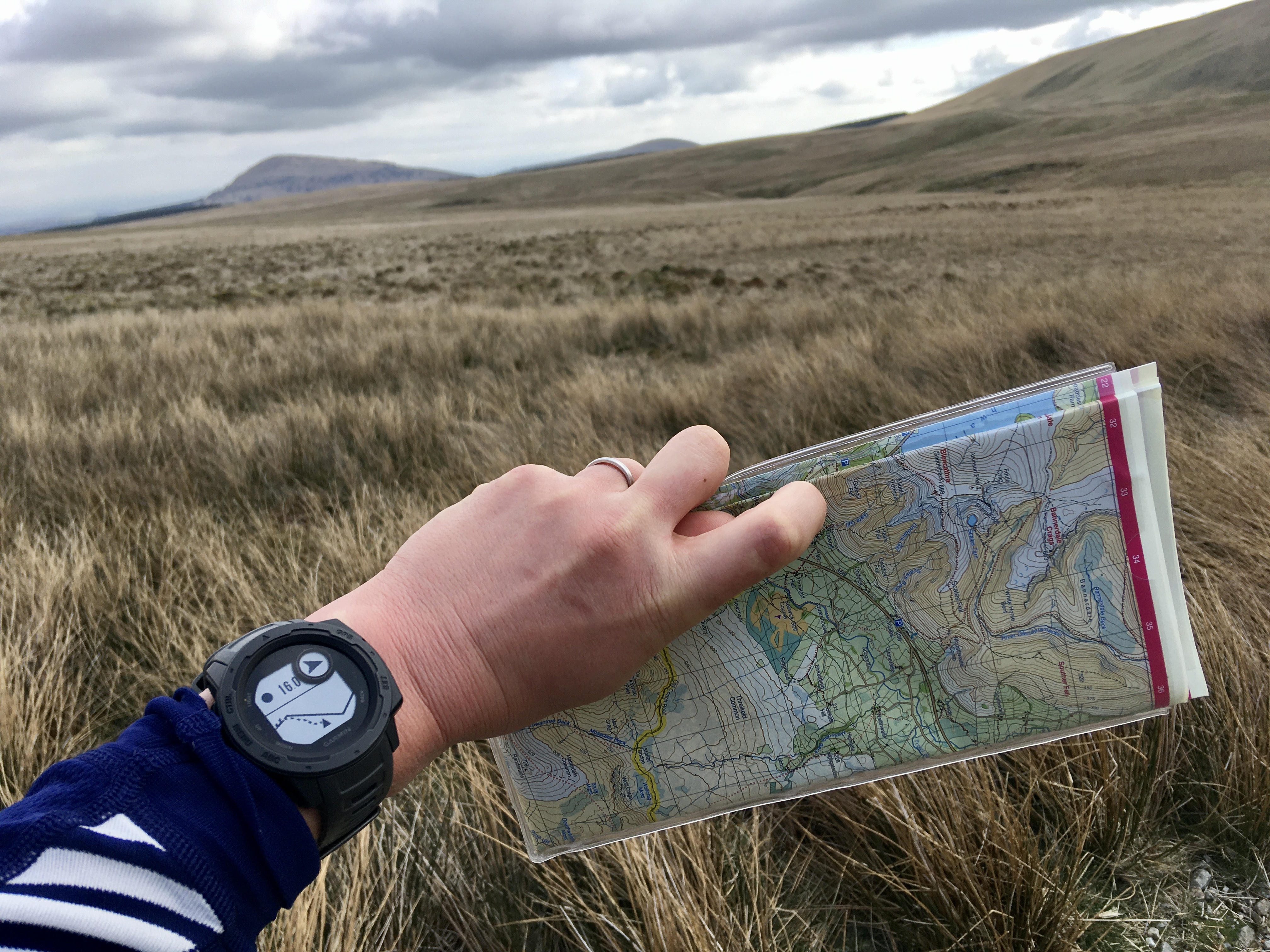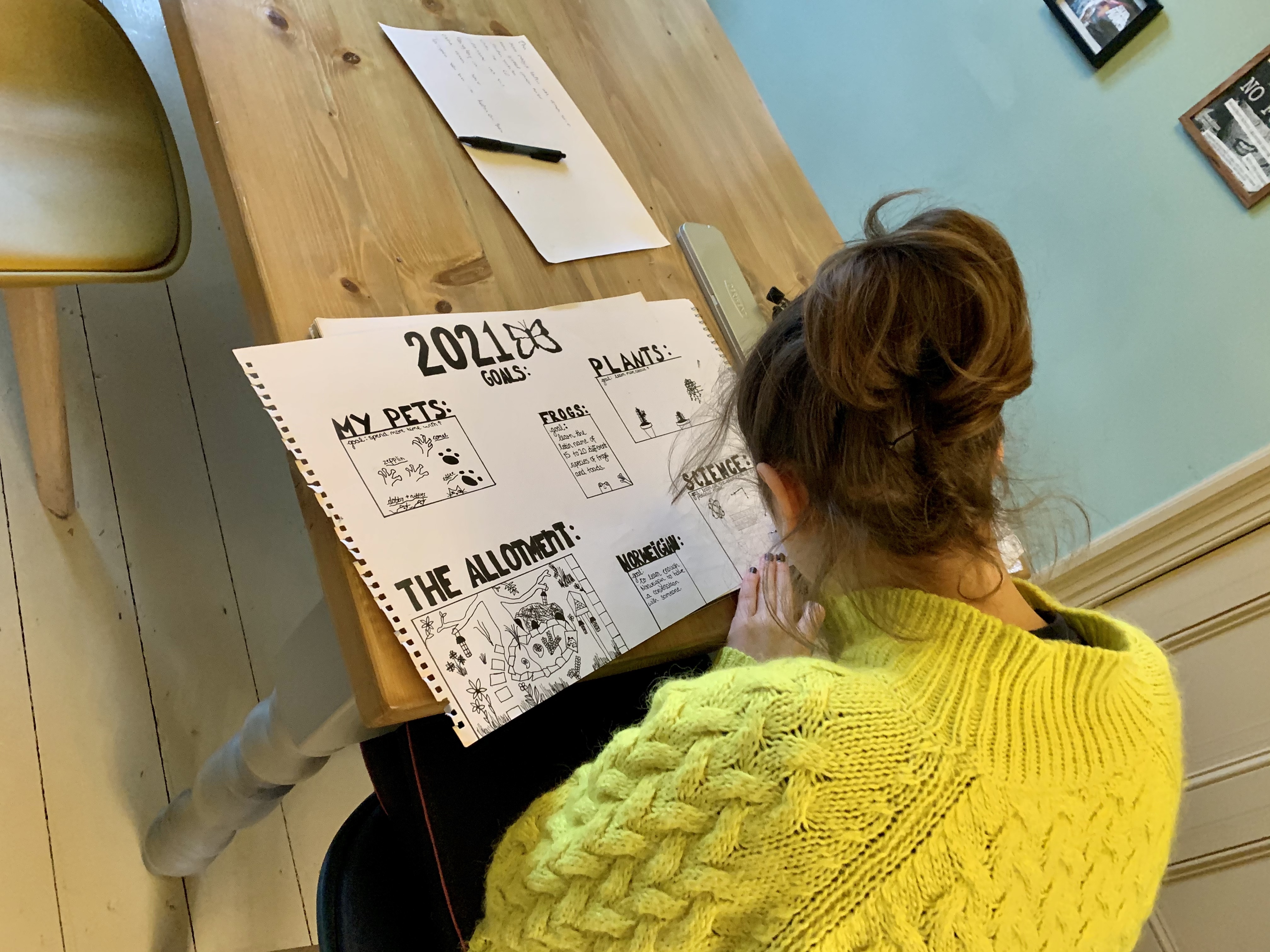
by clairesan | Jan 20, 2022 | Blog, Direction, Navigation
Being clear about your values, as an individual or an organisation, can be a very effective way to provide direction. It can also keep you on track: by guiding decisions about what you do and how. Values are like a compass – a simple navigational device you can consult when in doubt about which way to go.
So as a consultant I use values with teams wanting to develop a shared purpose and ways of working. And values can be useful when working as a coach too, particularly around decision-making and careers planning. Values offer an inspiring and simple framework for long-term planning and day-to-day decisions. But sometimes talking about values can feel wishy-washy. There’s nothing less inspiring than having a set of nouns than feel meaningless, or worse still hypocritical, to stakeholders.
In my experience values-based models need to be authentic, accountable, clearly defined and inclusive. Below I’ve set out some of the tools I use with coachees and organisations wanting to be guided by their values.
Authentic: values aren’t invented, they need to be surfaced
The first step is to identify the values and for individuals a simple way to do this is a questionnaire.
For groups the process needs a little more structure to ensure all voices are heard. For example, this week I’ll be using Appreciative Interviews with a client team to surface their values with by sharing stories.
I’ve noticed that certain values seem to be fashionable with arts organisations (e.g. Creativity, Excellence and Diversity). But it’s important to be honest about what really matters, what defines your organisation, what guides your decisions, what is your bottom line? When you’ve drafted a short-list double check: does this capture our essence? Is there anything missing? If the list is more than 4-5 values then ask yourself – which are the key ones?
Clear: values need to be defined and embedded
Linguistically speaking values are abstract nouns, so not surprisingly the words alone can be somewhat… abstract! At worst values can be open to interpretation and mean nothing or are so vague they don’t guide you. So values need be defined – we need to ask ourselves ‘what does this value mean for how we work’?
Once you have a shortlist I suggest drafting a 1-2 sentence definition of what that value means in practice. It can also be helpful to include some of the core behaviours that demonstrate that value in action.
For example – one of my personal values is ‘Challenge’ and I define it like this: ‘wanting to create positive change, actively challenging inequality, constantly seeking to improve’.
In terms of my behaviours I think embody that value that are relevant to my work, I came up with:
Not being afraid to challenge those in power.
Working with clients that embrace learning via mistakes above playing it safe.
You can download my guide to defining values, which includes an example from Ripon Museum Trust, an independent museum I supported to define their values a few years ago.
Inclusive: everybody needs to be involved, and the values need to make sense to everyone
If you’re developing a values-based approach within an organisation, especially if you’re using values to inform change, then it’s crucial to involve everyone in shaping the values.
At Ripon Museum Trust a task group of volunteers, staff and Trustees created a first ‘draft’ which was shared and refined by the wider organisation. This ensured the values resonated and could be usefully applied across everyone’s role. The kind of questions we asked were: do these values sum up what is special about RMT and important about what the organisation does? What examples can you find of these values in action now? Where do we fall short – and what would living the values more fully look like to you?
Accountable: values can be aspirational, but we need to work at ‘living’ them
It’s OK for not to be living your values 100% of the time yet. Values need to be credible but they can be aspirational too. In fact articulating your values is a great way to approach organisational change.
A good exercise for noticing whether you’re on track as a team is a simple ‘As Is/ To Be’ analysis. This involves describing together where you are now (‘as is’) and where you aspire ‘to be’, taking each value in turn. Once you’ve shared your collective wisdom as to how you’re doing, and discussed any differences of view, you can start to generate options as to how to improve.
In a coaching context, I often suggest looking at values as part of career planning if clients are faced with competing options or not sure whether the path ahead is the right one for them. I’ve developed this simple tool to help.
So – am I walking the talk? How have I used my values recently? I tend to look at them anytime I’m reflecting or planning. For example, when I was thinking about my budget for 2021 my value of Care led to the decision to continue to offer Pay What You Can coaching and also to make available free resources and tools online.
At the end of the day though, just like my compass, I think our values really come into their own in a crisis or when you’re feeling really unsure about your ‘path’. In the hills I mainly use my compass when the mist comes down and I can’t see the way ahead. And in times of massive disruption to how we normally work values can help us make bold and creative decisions too.

by clairesan | Apr 25, 2021 | Blog, Coaching, Consultancy, Direction, Navigation
Being clear about your values, as an individual or an organisation, can be a very effective way to provide direction. It can also keep you on track: by guiding decisions about what you do and how. Values are like a compass – a simple navigational device you can consult when in doubt about which way to go. As someone who loves wandering in the hills, I always take a compass in case I wonder if I’m on the right path.
So as a consultant I use values with teams wanting to develop a shared purpose and way of working. And they can be using when working as a coach too, particularly around decision-making and careers planning. Values offer an inspiring and simple framework for long-term planning and day-to-day decisions. But sometimes talking about values can feel wishy-washy. There’s nothing less inspiring than having a set of nouns than feel meaningless, or worse still hypocritical, to stakeholders.
In my experience values-based models need to be authentic, accountable, clearly defined and inclusive. Below I’ve set out some of the tools I use with coachees and organisations wanting to use their values.
Authentic: values aren’t invented, they are surfaced
The first step is to identify the values and for individuals a simple way to do this is a questionnaire.
For groups the process needs a little more structure to ensure all voices are heard. For example, this week I’ll be using Appreciative Interviews with a client team to surface their values with by sharing stories.
I’ve noticed that certain values seem to be fashionable with arts organisations (e.g. Creativity, Excellence and Diversity). But it’s important to be honest about what really matters, what defines your organisation, what guides your decisions, what is your bottom line? When you’ve drafted a short-list double check: does this capture our essence? Is there anything missing? If the list is more than 4-5 values then ask yourself – which are the key ones?
Clear: values need to be defined and embedded
Linguistically speaking values are abstract nouns, so not surprisingly the words alone can be somewhat… abstract! At worst values can be open to interpretation and mean nothing or are so vague they don’t guide you. So values need be defined – we need to ask ourselves ‘what does this value mean for how we work’?
Once you have a shortlist I suggest drafting a 1-2 sentence definition of what that value means in practice. It can also be helpful to include some of the core behaviours that demonstrate that value in action.
For example – one of my personal values is ‘Challenge’ and I define it like this: ‘wanting to create positive change, actively challenging inequality, constantly seeking to improve’.
In terms of my behaviours I think embody that value that are relevant to my work, I came up with:
Not being afraid to challenge those in power.
Working with clients that embrace learning via mistakes above playing it safe.
You can download my guide to defining values, which includes an example from Ripon Museum Trust, an independent museum I supported to define their values a few years ago.
Inclusive: everybody needs to be involved, and the values need to make sense to everyone
If you’re developing a values-based approach within an organisation, especially if you’re using values to inform change, then it’s crucial to involve everyone in shaping the values.
At Ripon Museum Trust, a task group of volunteers, staff and Trustees created a first ‘draft’ which was shared and refined by the wider organisation. This ensured the values resonated and could be usefully applied across everyone’s role. The kind of questions we asked were: do these values sum up what is special about RMT and important about what the organisation does? What examples can you find of these values in action now? Where do we fall short – and what would living the values more fully look like to you?
Accountable: values can be aspirational, but we need to work at ‘living’ them
It’s OK for not to be living your values 100% of the time yet. Values need to be credible but they can be aspirational too. In fact articulating your values is a great way to approach organisational change.
A good exercise for noticing whether you’re on track as a team is a simple ‘As Is/ To Be’ analysis. This involves describing together where you are now (‘as is’) and where you aspire ‘to be’, taking each value in turn. Once you’ve shared your collective wisdom as to how you’re doing, and discussed any differences of view, you can start to generate options as to how to improve.
In a coaching context, I often suggest looking at values as part of career planning if clients are faced with competing options or not sure whether the path ahead is the right one for them. I’ve developed this simple tool to help.
So – am I walking the talk? How have I used my values recently? I tend to look at them anytime I’m reflecting or planning. For example, when I was thinking about my budget for 2021 my value of Care led to the decision to continue to offer Pay What You Can coaching and also to make available free resources and tools online.
At the end of the day though, just like my compass, I think our values really come into their own in a crisis or when you’re feeling really unsure about your ‘path’. In the hills I mainly use my compass when the mist comes down and I can’t see the way ahead. And in times of massive disruption to how we normally work values can help us make bold and creative decisions too – as this blog post about Slung Low’s focus during CV19 shows.

by clairesan | Mar 18, 2021 | Blog, Coaching, Consultancy, Direction, Navigation
Setting goals is a key part of coaching – imagining and articulating the destination, where we want to get to, is an essential stage in making change happen. In fact, in the popular GROW model of coaching, setting the goal is the first step – the G of GROW. We decide on the destination (Goal), before we take stock of where we are now (Reality), develop ideas and possibilities about the route from A to B (Options) before finally deciding on our course and making a detailed plan (Will).
Why goals are helpful?
There’s lots of research as to why goals are helpful in creating change:
- They can be motivating – knowing where you’re heading, having imagined and articulated success generate a sense of purpose; a key ingredient in motivation. Also having clear measures of success means we are clear when we’ve achieved a goal, and have a sense of satisfaction.
- Having a clear sense of where you want to be, especially if it’s exciting and a bit ‘stretching’, is proven to improve performance (see Locke’s Theory).
- If you’re part of a team, having common goals means you’re all pulling in the same direction – like a train – as opposed to heading off in different directions – like a octopus.
How to create useful and motivating goals?
There’s an art to creating useful goals – the ExACT framework is one I typically use in coaching – ensuring a goal is measurable, challenging, time-based. It’s similar to the SMART objectives model that’s widely used in workplaces, but with a few important shifts of emphasis. Using a framework like ExACT helps us avoid the common mistakes of creating negative or nebulous goals – and ensures we personally find it exciting, and therefore motivating.
Goals can be written down, or sketched – but they need to be short and memorable. I like to capture mine simply – either as a table of 3-5 goals or a sketch. Currently I’ve sketched my annual goals for 2021 and have a simple table of my 3 month goals at any time – both are stuck on my office wall where I can easily see them. ‘Explicit’ means we’re more likely to have them ‘in mind’ when making decisions and therefore they are more likely to happen.
Avoid focussing on the wrong things
Equally important is to choose a goal that’s within your control – we can’t control whether we ‘secure £50K from Trusts and Foundations before end March’, but we could set a goal around ‘submitting high quality grant applications to Trusts and Foundations totalling £50K before end March’ (NB. as a former fundraiser I’d advise applying for significantly more finds than you want to secure, but that’s a bit beside the point).
And just as important when setting a goal is to focus on the outcome not the process – otherwise we risk chasing after the wrong thing. Fans of The Wire will recall what happens when the Baltimore Police leadership focus solely on numbers of arrests; it skews policework and how crime is reported, but does nothing to improve levels of crime on the streets. We need to measure what matters: the goal is probably about job satisfaction or work/life balance not ‘getting a new job’.
And, whilst ‘nailing down’ some good clear goals is always a useful process, it’s important not to get to wedded to them; goals can change as we move towards them, it’s often an iterative process.
But don’t get too hung up up goals – keep things fuzzy or revisit and revise goals if that helps you
I recently came across the concept of ‘fuzzy goals’; the notion that a sense of direction rather than a precise destination can be a useful way to proceed when the way ahead is unchartered. Having a general direction of travel, but being open to opportunities along the way, resonated with how I like to walk in the hills – I have a plan when I set off but I’ll adjust it according to the weather, my energy levels, whether I spot a nice detour, the pace we’re travelling at etc. So starting with a destination in mind, but keeping checking that’s still where you want to head given what you’re discovering en route, is another way to set goals.
The Road Map exercise can be a good place to start planning your goals, and those key milestones along the way.
Of course, goals don’t just happen – we need ideas, plans, reviews and effort – but goals are a great place to start if we want to move forward.

by clairesan | Feb 28, 2021 | Navigation, Resource, Tool
An exercise designed to enable you to reflect on what motivates and matters to you, based on previous roles.

by clairesan | Feb 28, 2021 | Navigation, Resource, Tool
Clarify what your values means in practice so they can be more useful.

by clairesan | Feb 28, 2021 | Navigation, Resource, Tool
Adapted from Carol Wilson, Best Practice in Performance Coaching.




Recent Comments